Cannon's Point Preserve on St. Simons Island contains the scattered ruins of John Couper's plantation. The ruins consist of a tabby potato barn, slave cabin rubble, the brick chimney of the overseer's house, and the plantation complex that includes a detached kitchen and what is probably the remnants of a hospital. The plantation complex was built with tabby taken from Fort Frederica, poured tabby, and bricks.
History
Cannon's Point was home to Native Americans, as demonstrated by shell middens dating back to 2500 BCE. Daniel Cannon, James Oglethorpe's carpenter, was allowed to settle there. John Couper purchased the property in 1793 and built a thriving plantation. Couper died in 1850, and after the Civil War, the property changed ownership several times. In 2012 St. Simons Land Trust purchased the property and set up Cannon's Point Preserve. (For more information go to http://www.sslt.org/pro_cpp_visit.php).
Location
GPS: N 31°15.614 and W 81°20.488 (Parking lot)
Address: Cannon Point Road, St. Simons Island GA 31522. (Go north on Frederica Road. At the traffic circle on the north end of the island, take Lawrence Rd. Travel about 3 miles and there will be a sign for Cannon’s Point Preserve on the right side of the road. Follow the directions to the parking lot.)
Accessibility: Free and open to the public 9 am to 3 pm, Saturday through Monday. Volunteers are available to orient visitors and offer assistance. No cars allowed, no restrooms or other facilities available. Maps are stored at the kiosk at the entrance. It is a 5-mile hike or bike ride to visit the ruins and return to the parking lot. Each winter several van tours through the preserve are offered by the Coastal Georgia Historical Society (visit http://www.saintsimonslighthouse.org/index.html.)

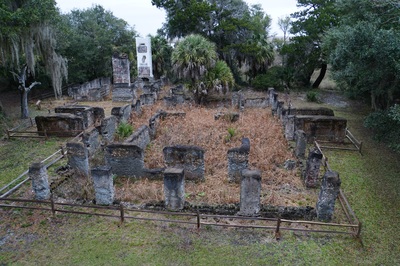
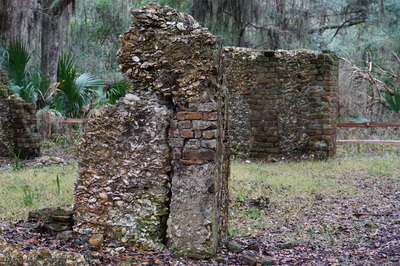
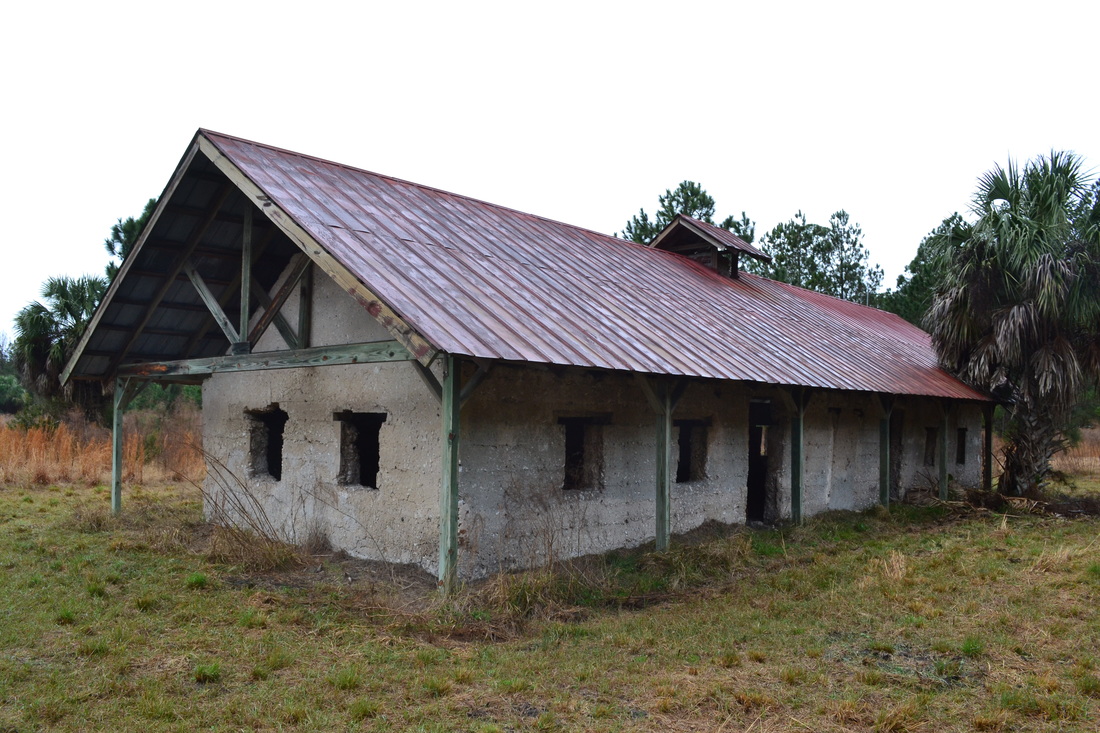
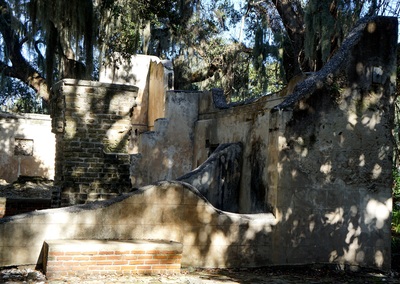
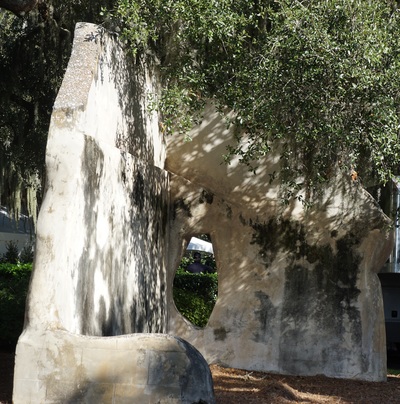
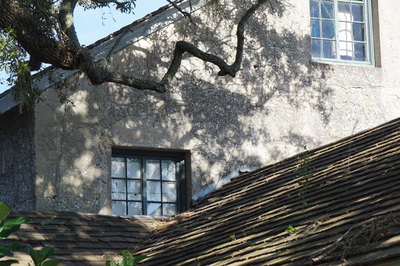
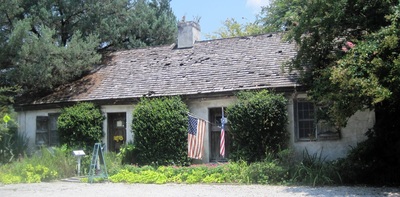
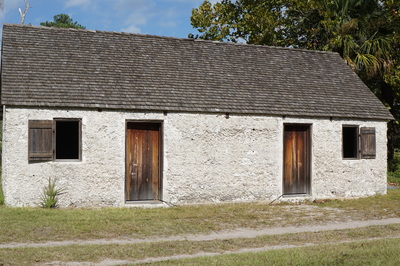
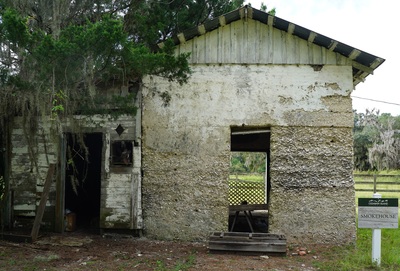

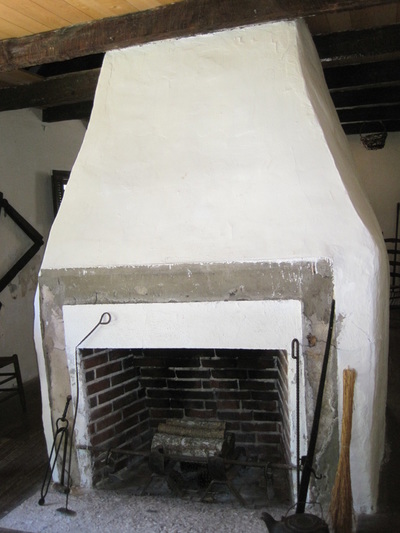
 RSS Feed
RSS Feed
